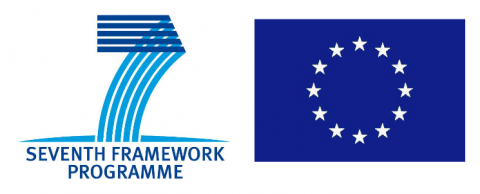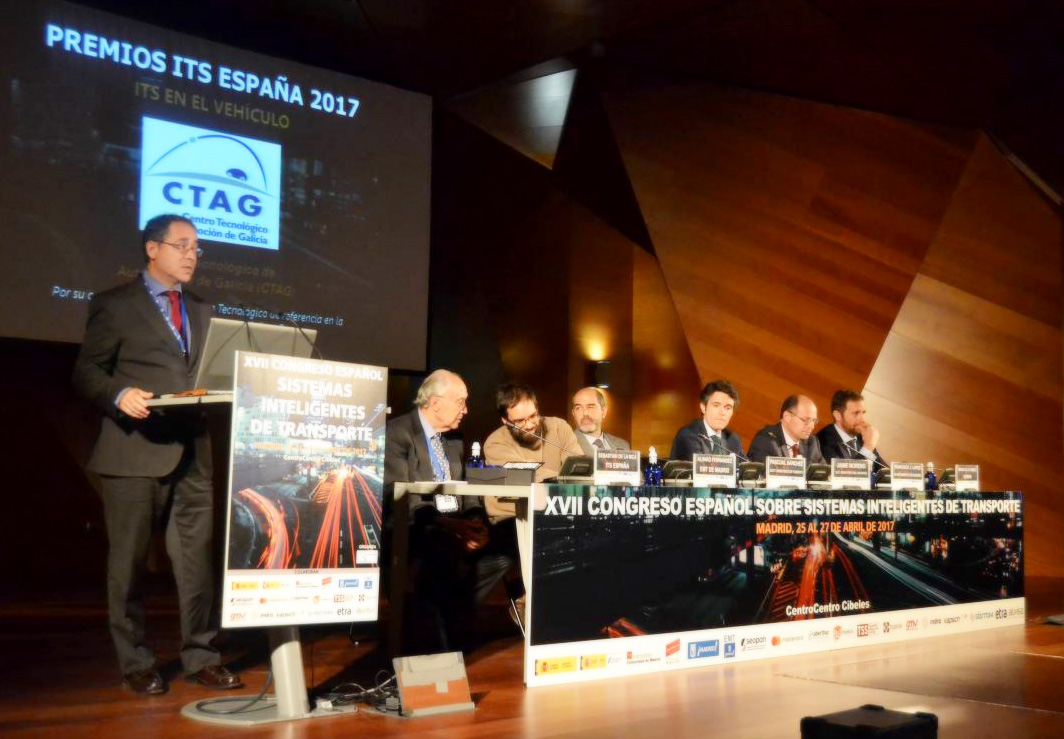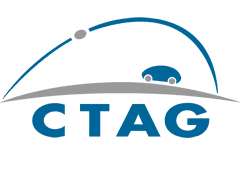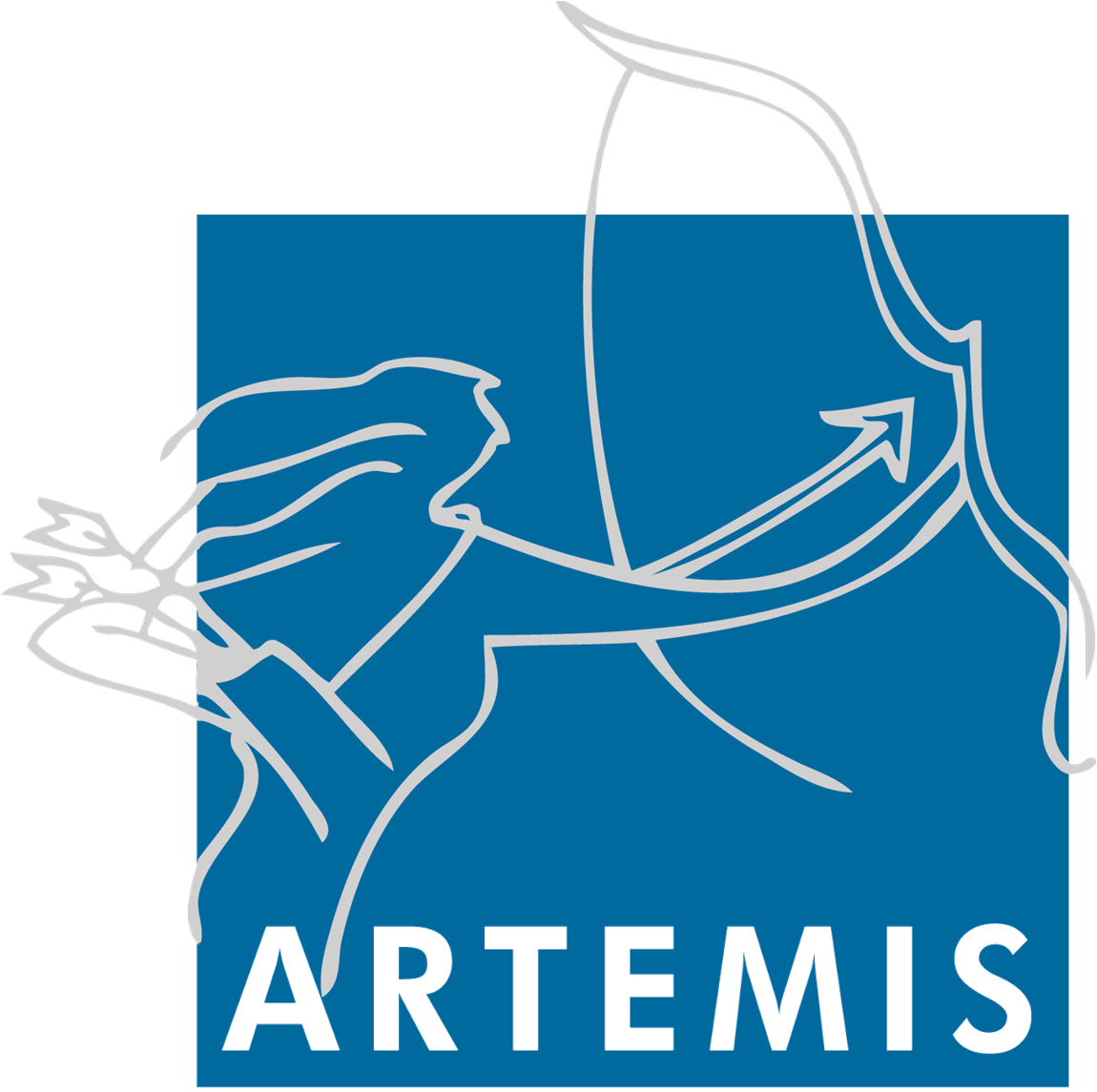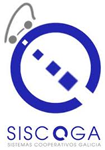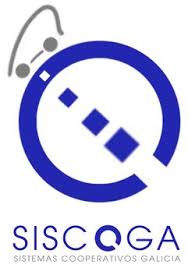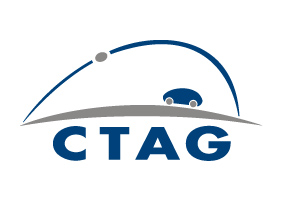After more than four years of activity, the ecoDriver project has published its preliminary test results of 9 different assistance systems for eco-driving, in which 170 drivers participated in seven European countries, both in controlled and real driving conditions.
ecoDriver
The objective of the ecoDriver project is to develop the most effective feedback system (HMI) to get the driver to adopt a green driving behaviour in vehicles equipped with the project developments. The ecoDriver systems take into account vehicle data and environment and, based on these data, they perform energy calculations to recommend to the driver the optimal point, in order to drive as efficiently as possible. These recommendations are based on the optimal speed profile in each situation, gear shift, and behaviour generally based on the anticipation of the road circumstances.
The targets of the project are to achieve a significant reduction of fuel consumption, increase driving safety and reduce emissions of polluting gases.
CTAG’s role in the project
CTAG played an important role in the ecoDriver project, participating in most activities. In the development phase CTAG contributed to the energy rating system, foundation of the Full ecoDriver System (FeDS) for the calculation of the recommendations to the driver, and developed fully the programmed HMI on an Android Samsung Galaxy Note 2 device. The following image shows an example of the interface designed and programmed in the final version of the FeDS, presented at the final event held at the Mercedes Benz Museum in Stuttgart last March 17, 2016:
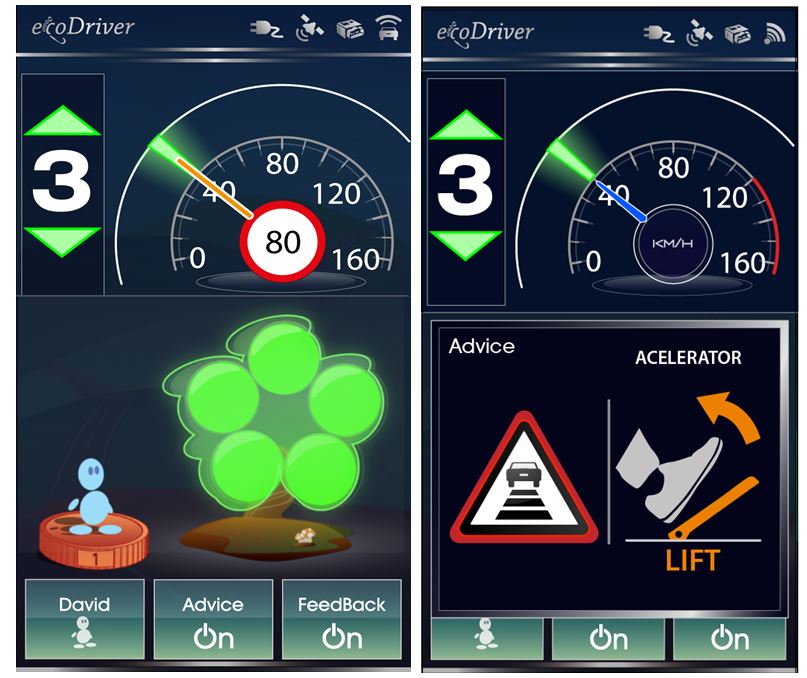
CTAG led the development of this HMI application defining its final design, behaviour and operation logic, both for the first version, used during the road tests, and for the final version presented at the final event. Besides, CTAG directed all the planning, design and development of the road tests conducted with the systems developed by Daimler, BMW, FIAT, TomTom, CTAG and Ifsttar in seven European countries.
CTAG performed tests, both during the design phase and the testing phase, in the driving simulator, in Vigo and its surroundings (urban and interurban areas and highways) and on the recently built private test track.
In order to obtain the final results CTAG made a central server available to the project, where all the data collected during the tests were stored and managed. In addition, CTAG developed the tools to manage these data, generating the necessary indicators to evaluate the results.
Results
Average speeds in free driving are reduced around 3% when driving maintaining cruising speeds, and acceleration and deceleration intensity are reduced by 6%.
Regarding the main objective of the project, fuel reduction using the ecoDriver system was reached in figures between 13% and 20%, depending on how the driver followed the recommendations proposed by the system. As a result of this gas emissions were significantly reduced.
This project, with a consortium of 12 partners (BMW, CRF, CTAG, Daimler, ERTICO, IFSTTAR, IKA, Simotion, TNO, TomTom Telematics, Université de Leeds et VTI) was co-financed by the European Commission within the Seventh Framework Programme for Research and Technological Development.
For more information please visit ecoDriver Project
